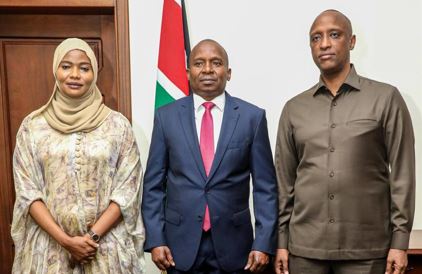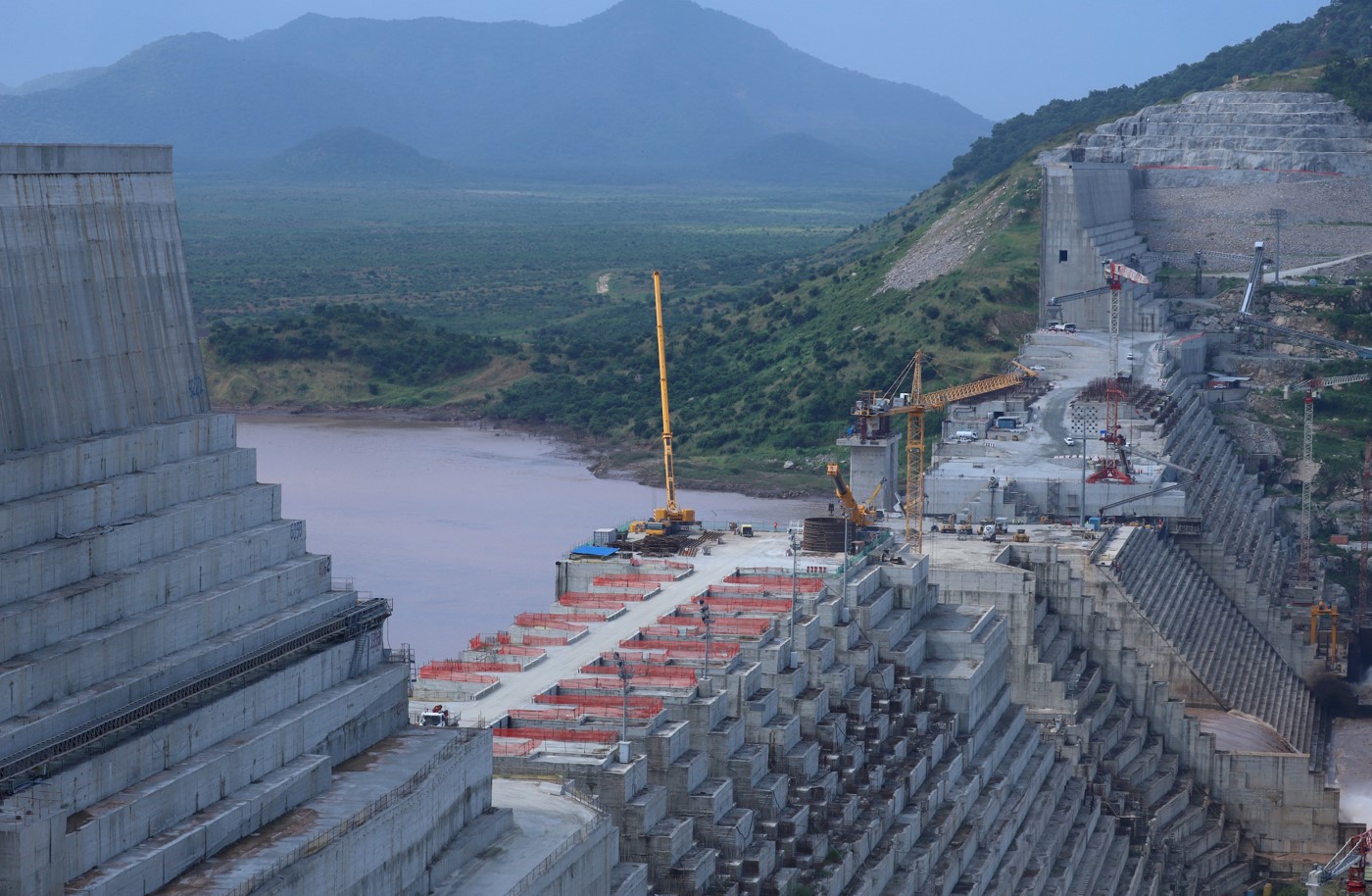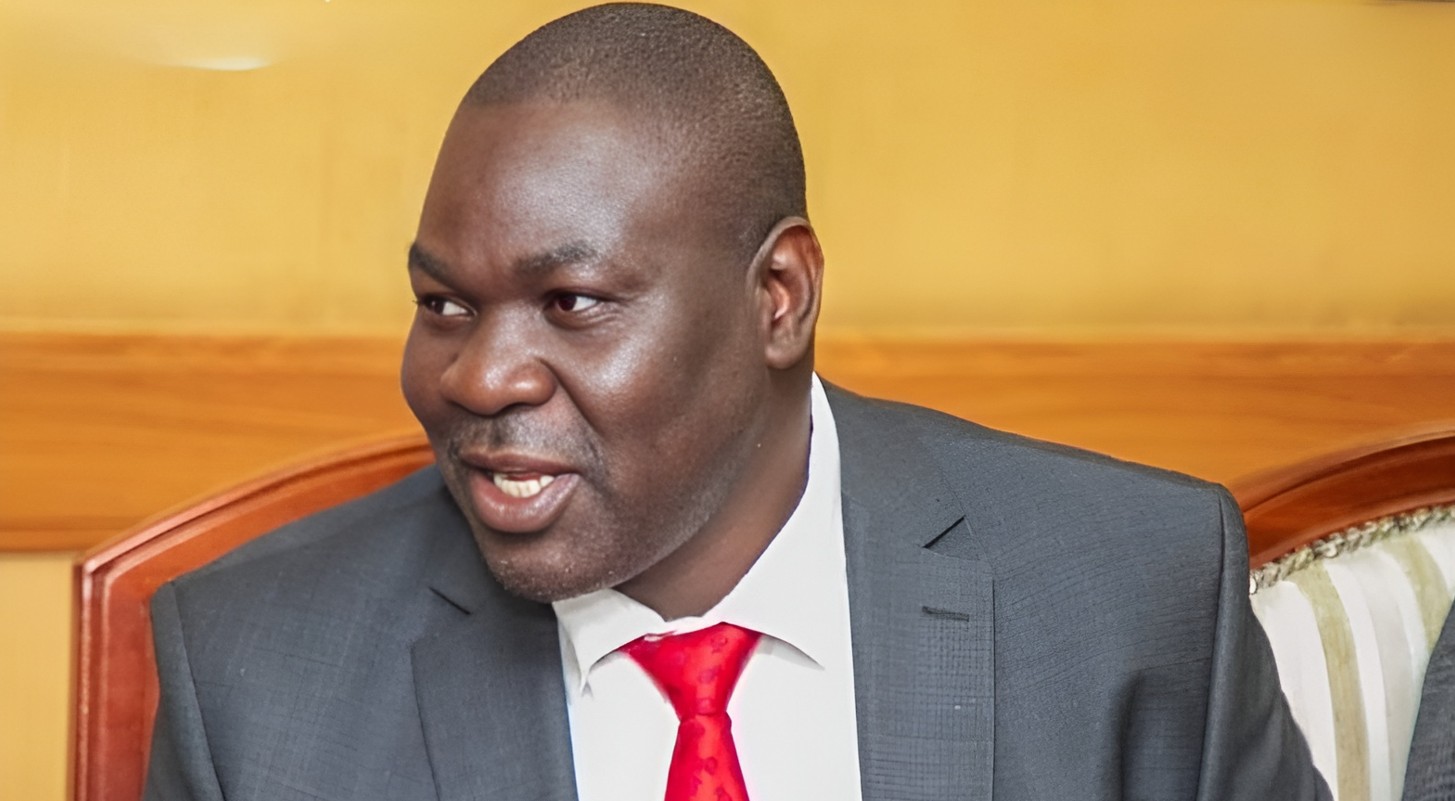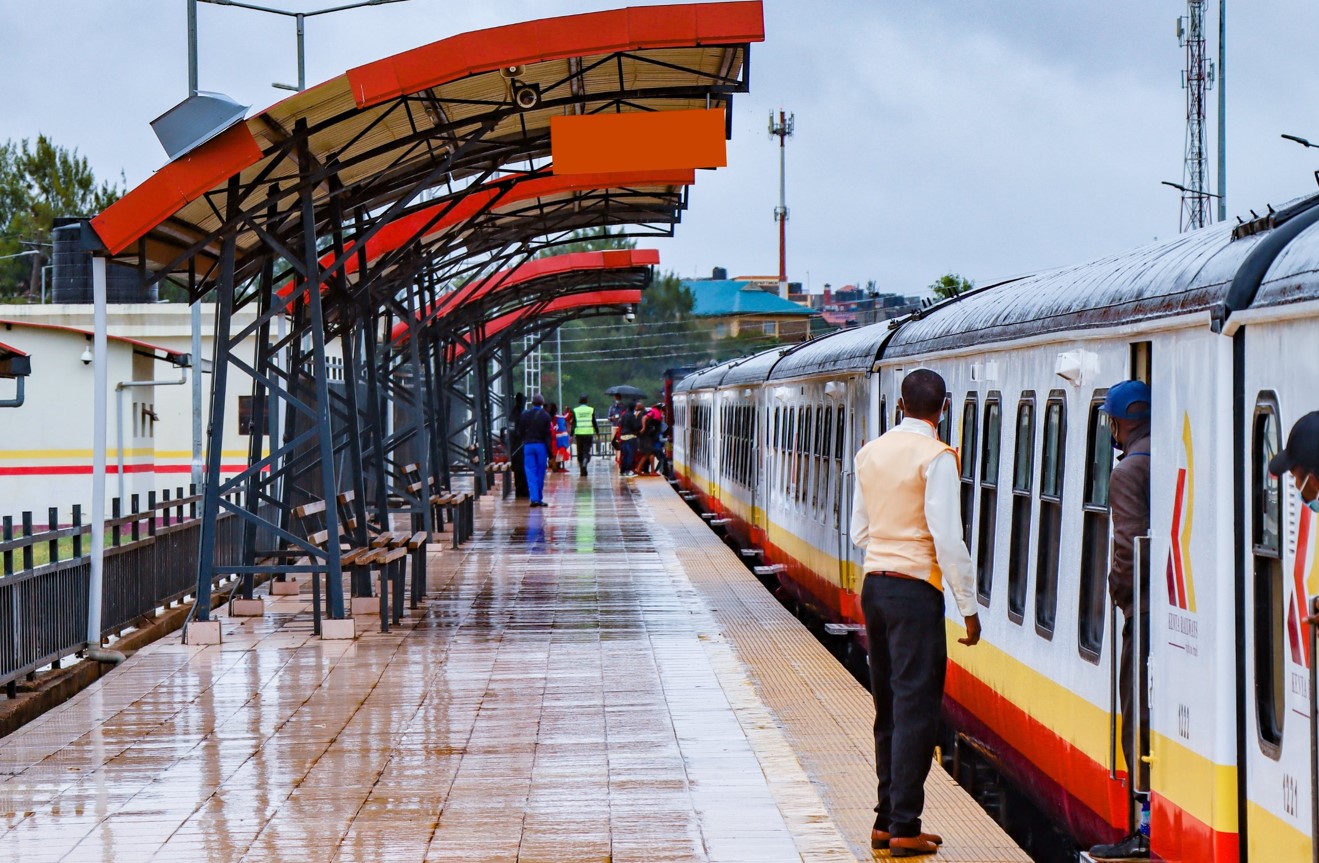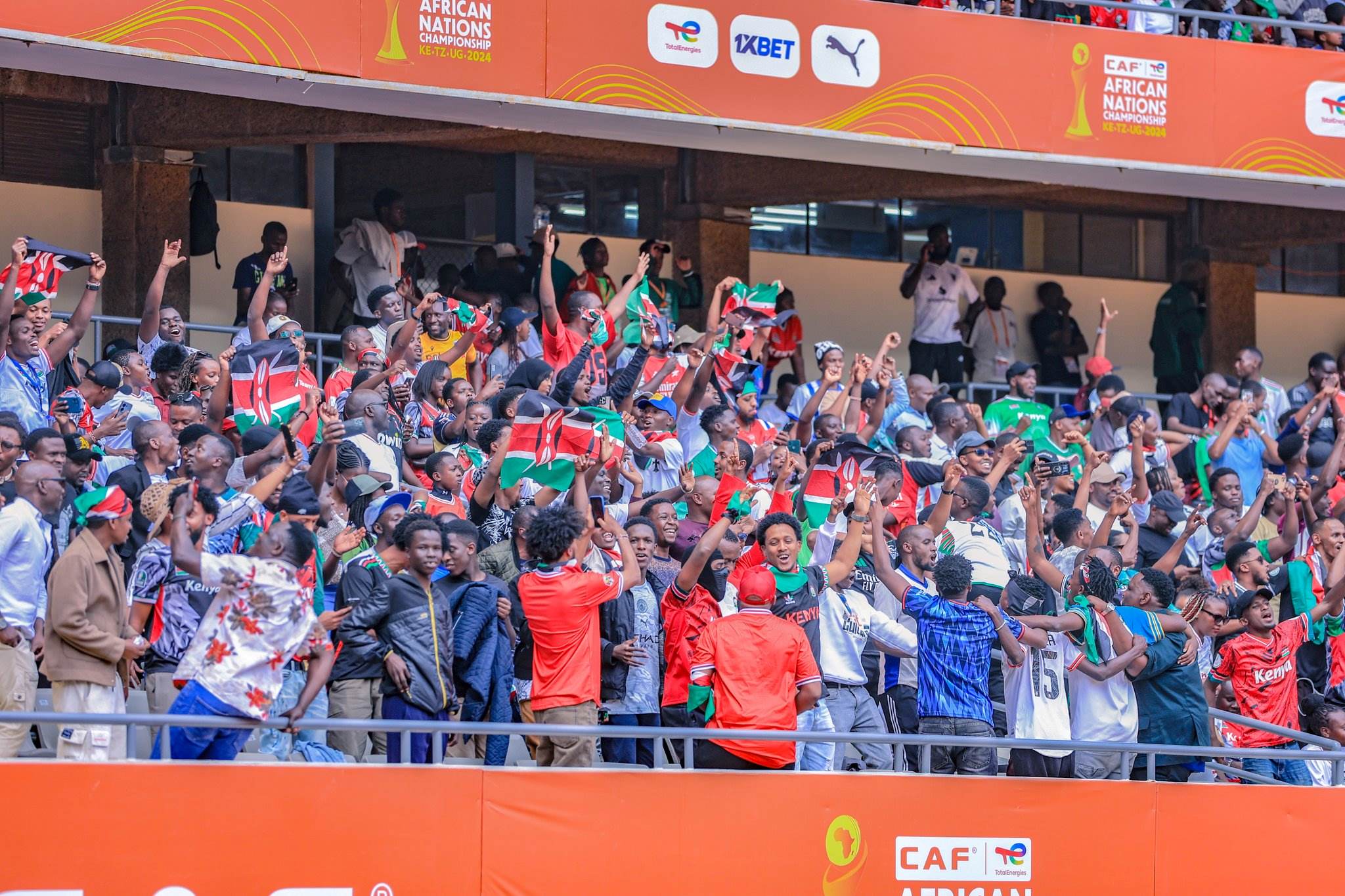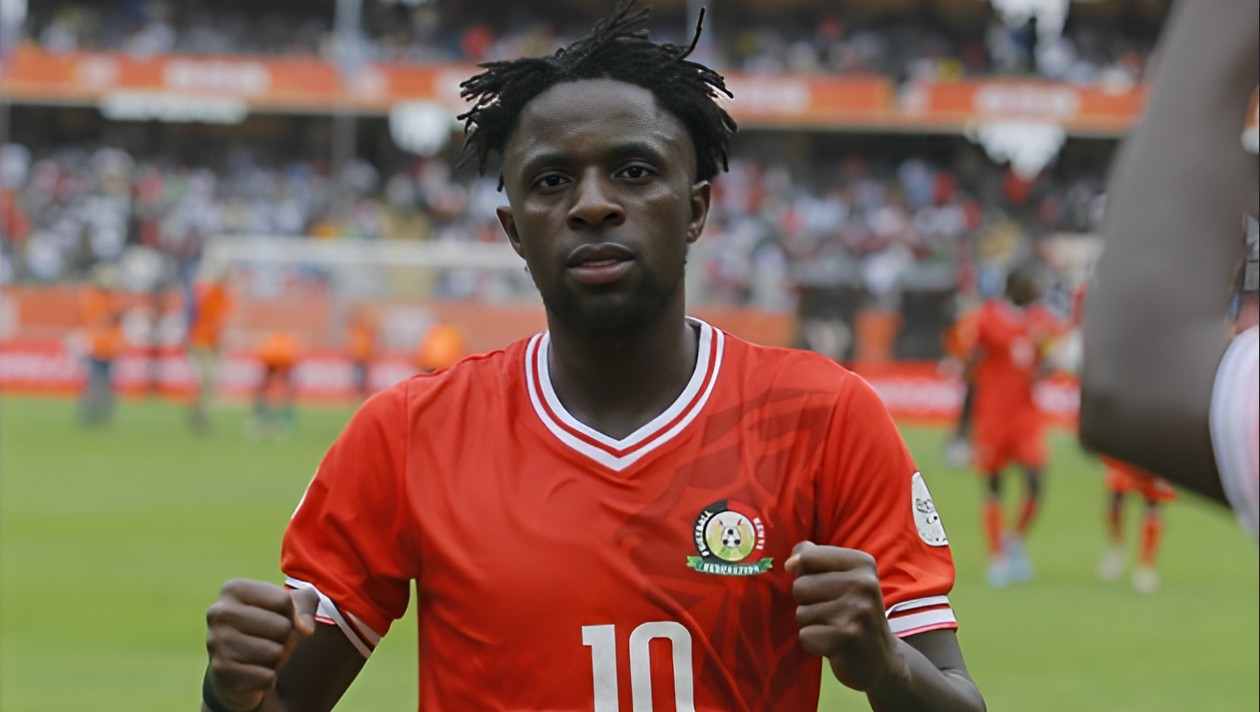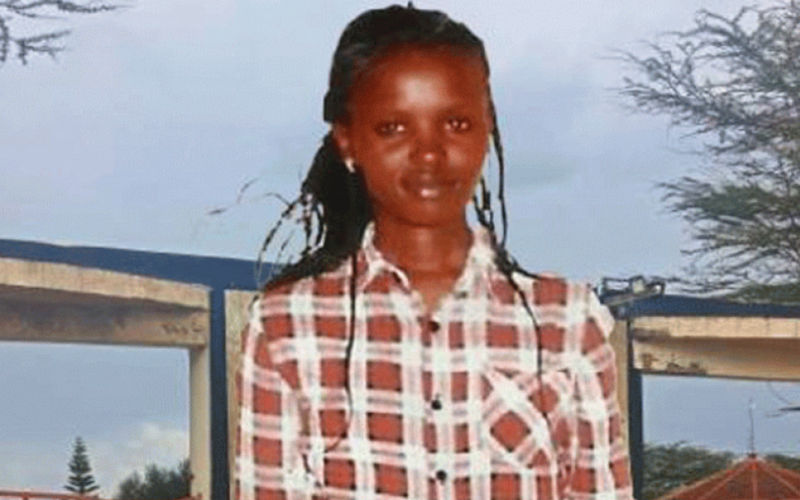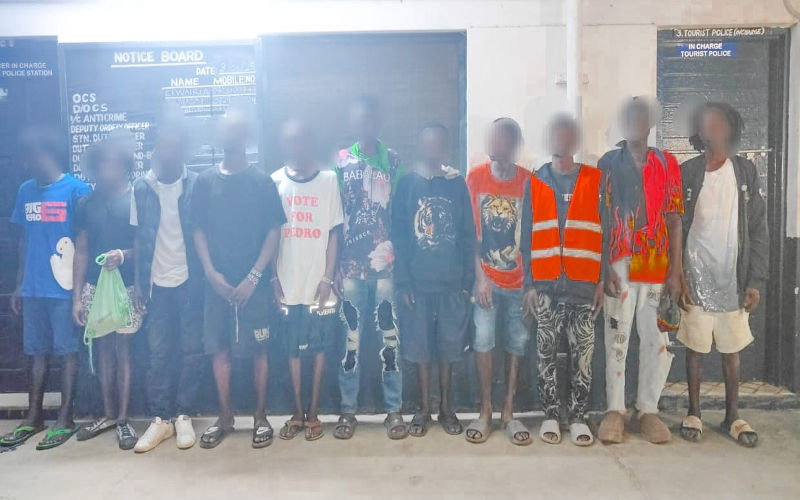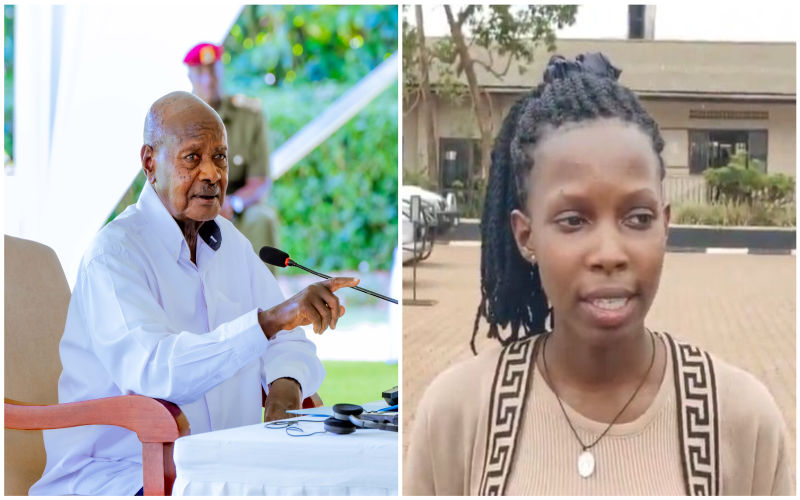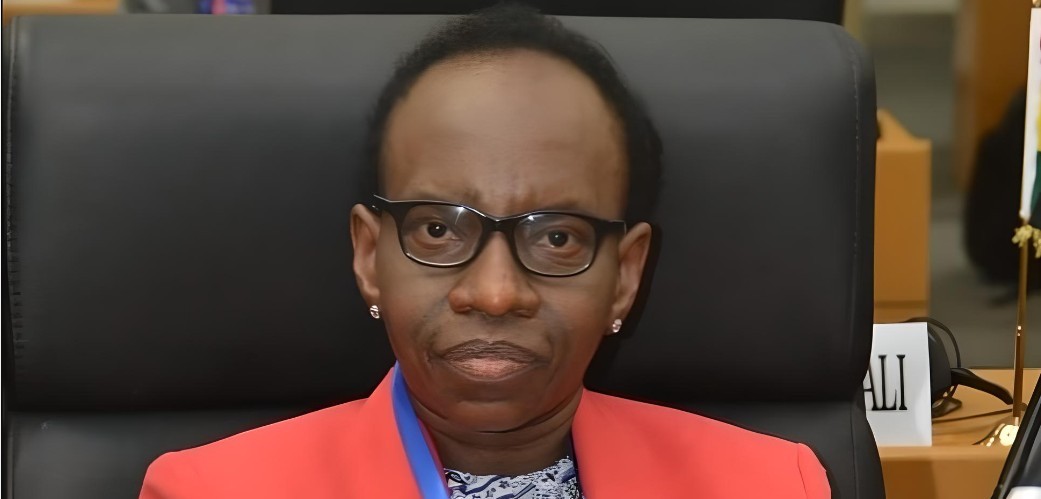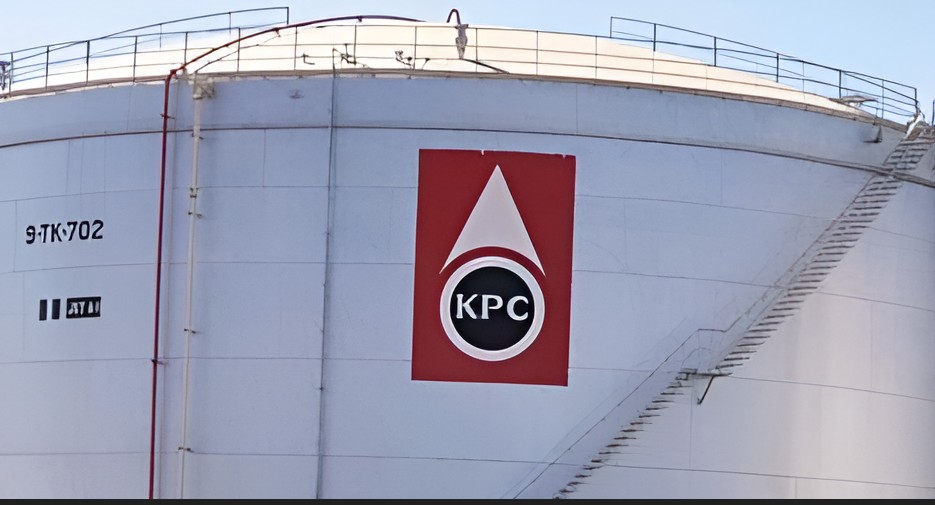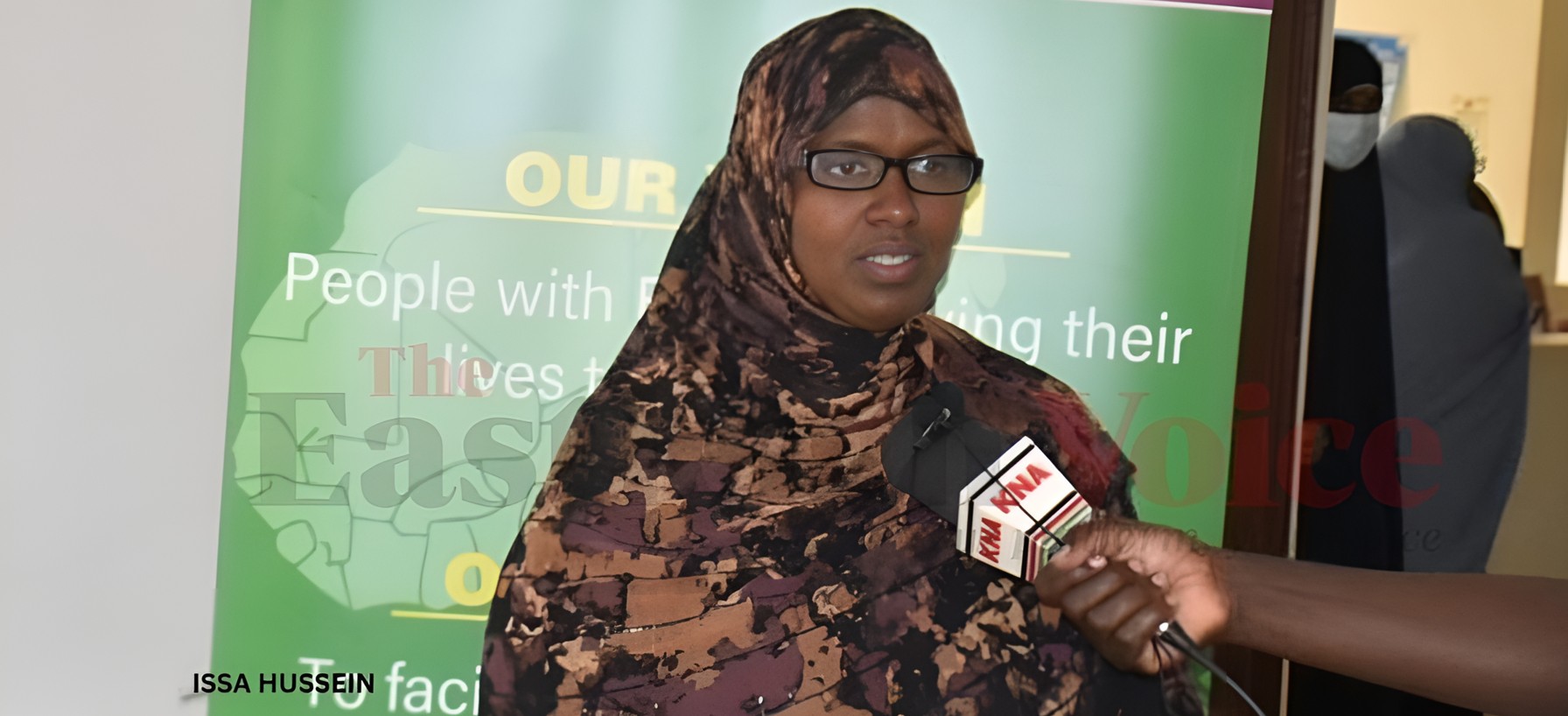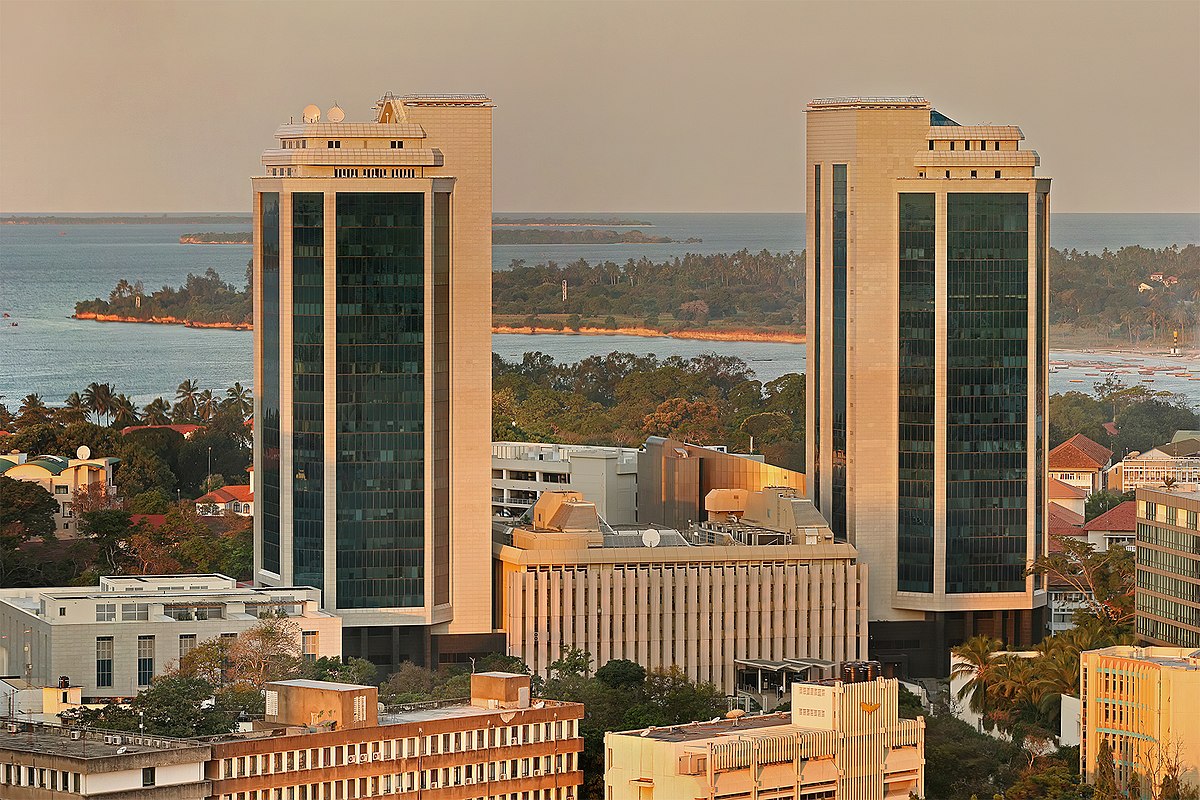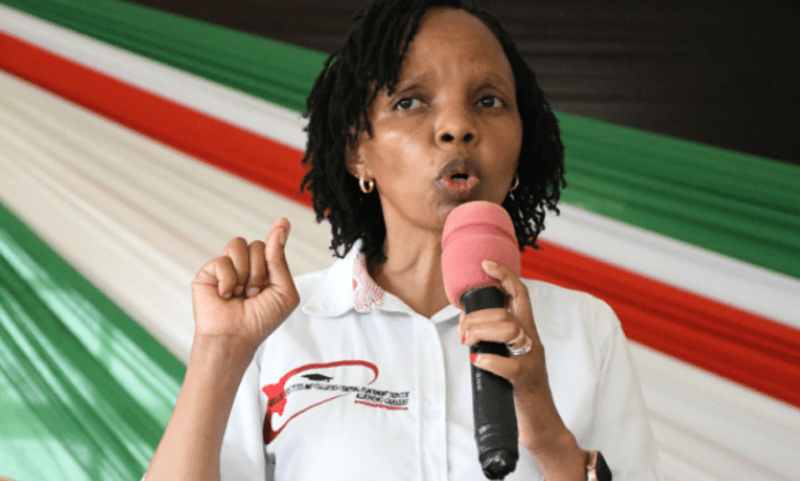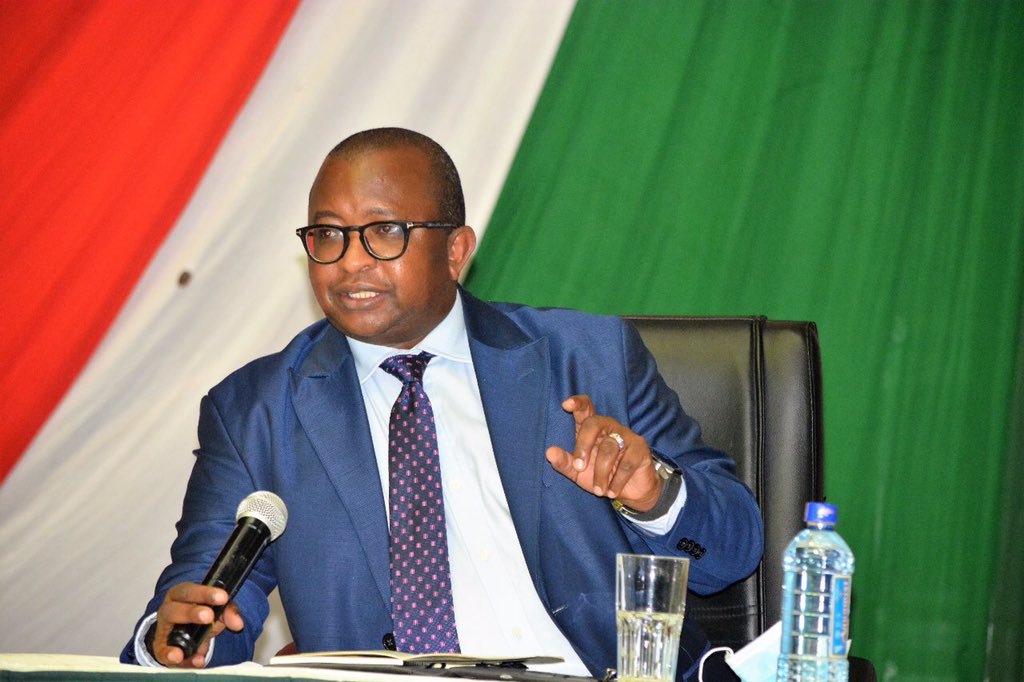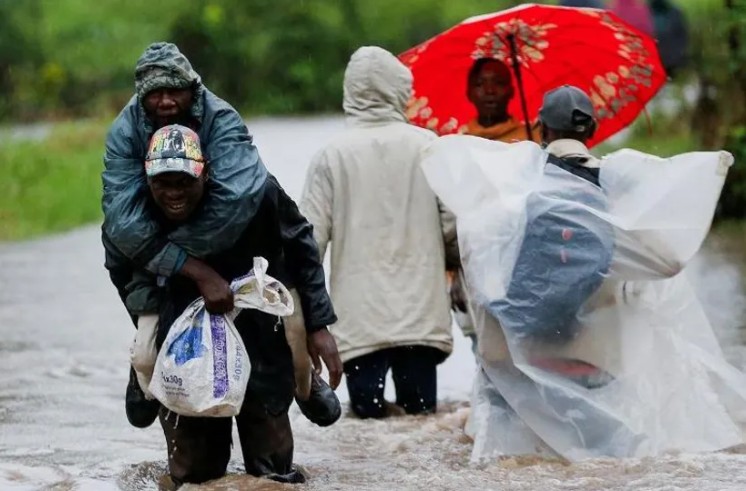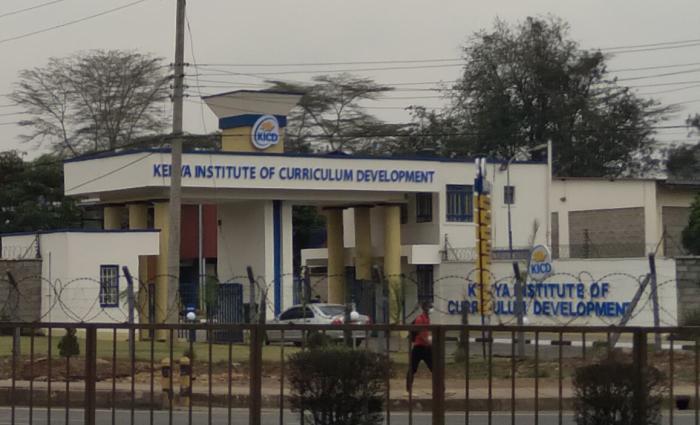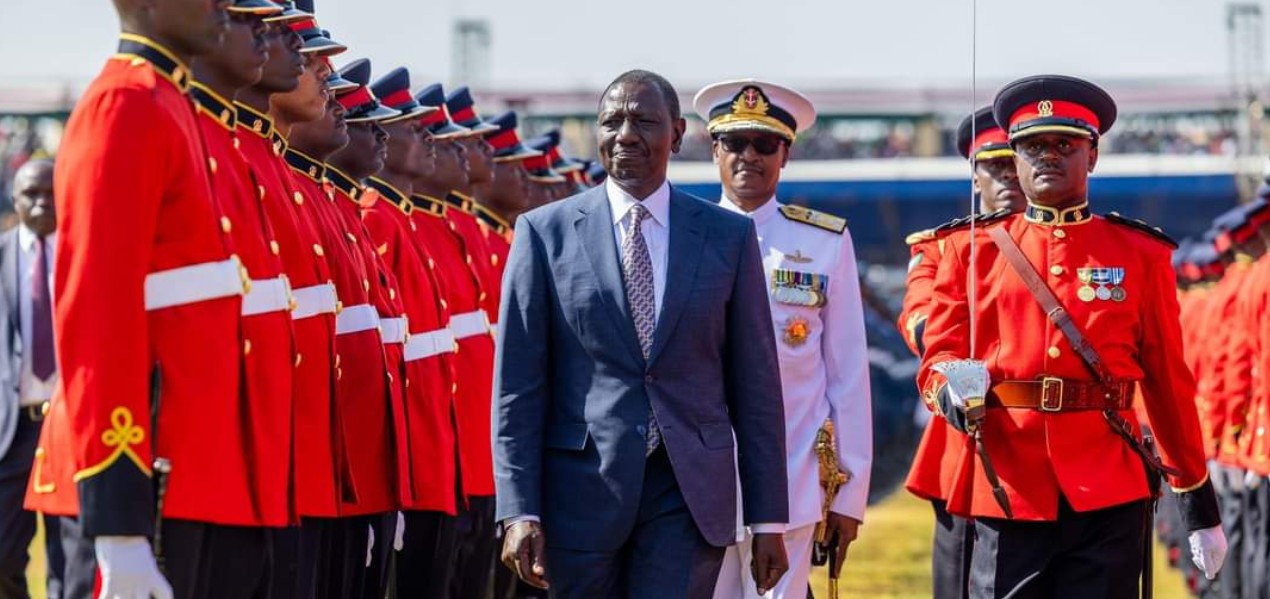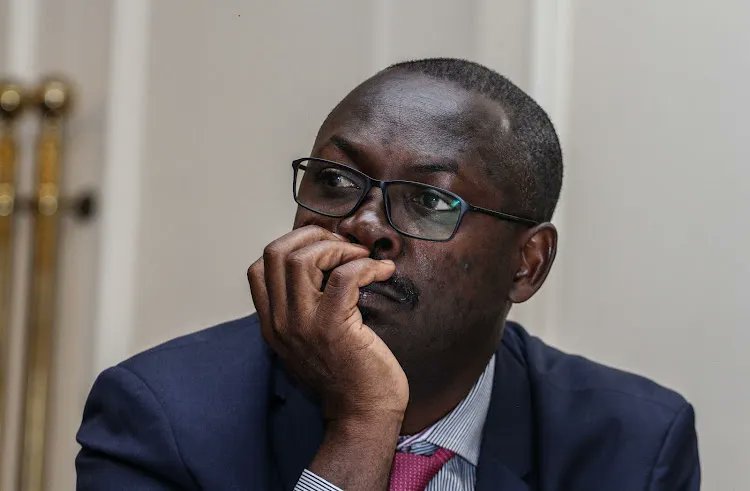AUSSOM's Kampala meeting seeks strategic reset in Somalia
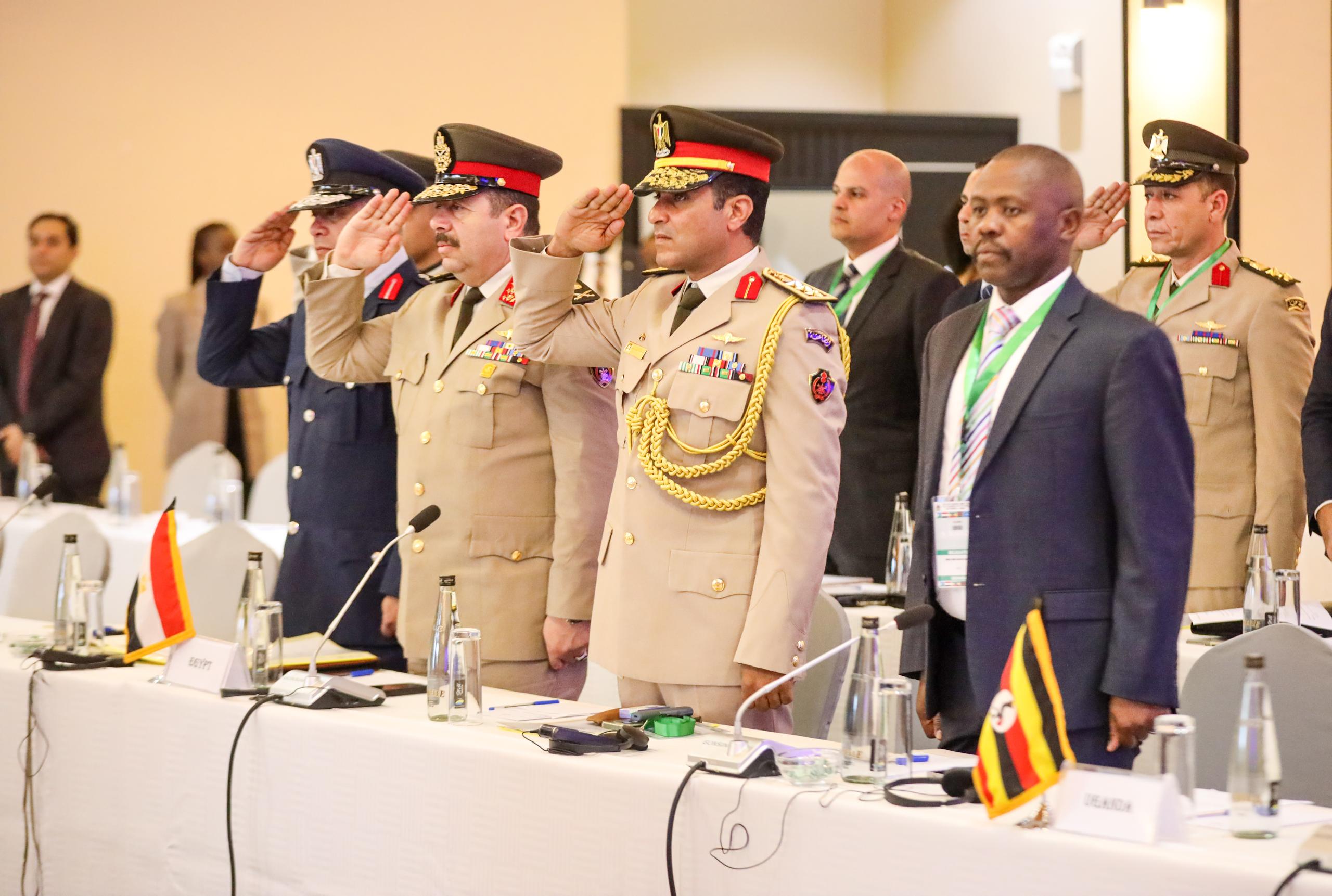
Cairo's entry into AUSSOM marks a strategic shift. Under previous mission structures—AMISOM and ATMIS—Egypt remained on the periphery for years.
In a quiet yet consequential gathering in Kampala, military chiefs from the African Union Support and Stabilisation Mission in Somalia (AUSSOM) troop-contributing countries have convened to recalibrate Africa's multilateral footprint in Somalia.
According to the Ugandan diplomat outlet, from April 22 to 25, the corridors of the Mestil Hotel hosted top brass from Uganda, Kenya, Burundi, Ethiopia, Djibouti, and, in a notable first, Egypt.
More To Read
- Three KDF soldiers killed, seven injured in Lamu IED blast
- AU Council calls on troop-contributing countries to step up Somalia security support
- AU Peace and Security Council meets to discuss Somalia security, AUSSOM funding
- US embassy in Somalia sends condolences after 3 killed in Ugandan AU helicopter crash in Mogadishu
- Ugandan aircraft on AUSSOM mission crashes near Somalia's Mogadishu airport killing three
- 30 Al-Shabaab militants killed as Ugandan, Somali troops recapture key town
Cairo's entry into AUSSOM marks a strategic shift. Under previous mission structures—AMISOM and ATMIS—Egypt remained on the periphery for years.
Its formal inclusion this year signals growing interest in the Horn's evolving security architecture, driven in part by recent tensions with Ethiopia, which had struck a controversial port access deal with Somaliland, the self-declared breakaway region of Somalia.
That rift has since eased following Turkish-brokered talks between Mogadishu and Addis Ababa.
Nevertheless, Egypt's involvement in AUSSOM may be viewed through the lens of geostrategic positioning as much as continental solidarity.
The Kampala meeting is a prelude to the upcoming AUSSOM Extraordinary Summit of Heads of State and Government, a high-level conclave expected to define the political and financial roadmap for the AU's continued engagement in Somalia.
Financial realism
But beneath the surface, the real conversations revolve around strategic clarity and financial realism.
Military leaders are reviewing operational benchmarks and the fragile balance between phased drawdowns and Somalia's readiness to take full control.
ATMIS, which concluded on December 31, 2024, was designed to hand over security responsibilities to Somali national forces.
Yet while progress has been made, Somalia's security apparatus still suffers from gaps in capacity, cohesion, and territorial reach.
Meanwhile, a significant subtext is Europe's shifting posture.
The European Union, long one of the mission's main financiers, is increasingly vocal about the need for a more equitable distribution of financial and logistical responsibilities.
European officials in Brussels argue that other global stakeholders—including Gulf states, the United States, China, and regional African powers—must begin shouldering greater costs if the stabilisation mission is to be sustainable.
The EU's call for burden-sharing reflects both fiscal fatigue and a recognition that Somalia's future cannot rest on European goodwill alone.
Within this recalibrated framework, AUSSOM is evolving from a conventional military deployment into a technical assistance and institutional support mission.
Kampala's discussions suggest a pivot toward what officials are calling "light footprint stabilisation"—a doctrine built around targeted training, mentorship, and strategic advisory roles rather than full-scale combat operations.
The outcomes of the Kampala deliberations will shape the agenda of the forthcoming summit, likely to be held in early May.
It is there that troop reconfiguration, funding mechanisms, and Somalia's post-ATMIS roadmap will be finalised by regional leaders.
If this process succeeds, it may mark the beginning of a new model of peacebuilding in Africa—less militarised, more politically attuned, and anchored in shared responsibility.
If it falters, Somalia risks being left in a precarious limbo once again, caught between fragile sovereignty and donor fatigue.
Top Stories Today
- BATUK declared hostile witness after snubbing MPs probing Agnes Wanjiru murder case
- Why Harambee Stars must beat Zambia to secure Kasarani quarterfinal
- Isiolo town on brink of chaos as armed groups roam freely - MP Mumina Bonaya
- Egypt vows not to give up its Nile water rights despite Ethiopia's Grand Dam completion
- Duncan Ojwang declines Ruto's nomination for KNCHR chair position
- More women turn to digital loans as smartphone use spurs financial inclusion
